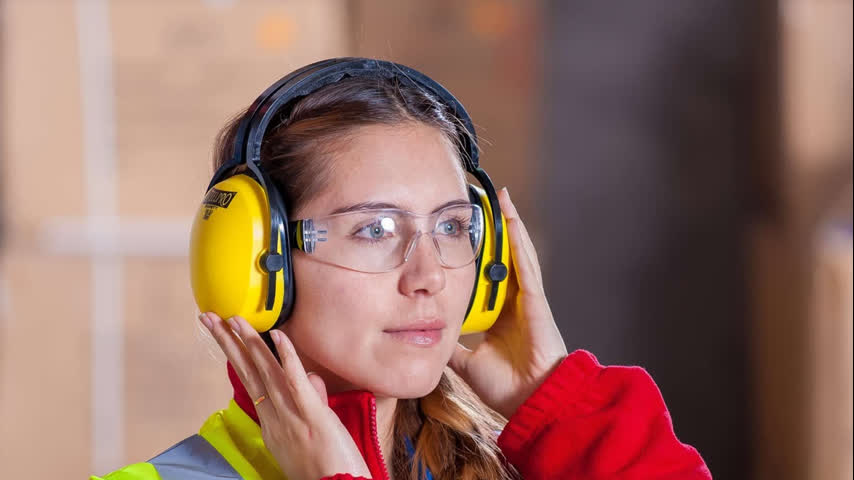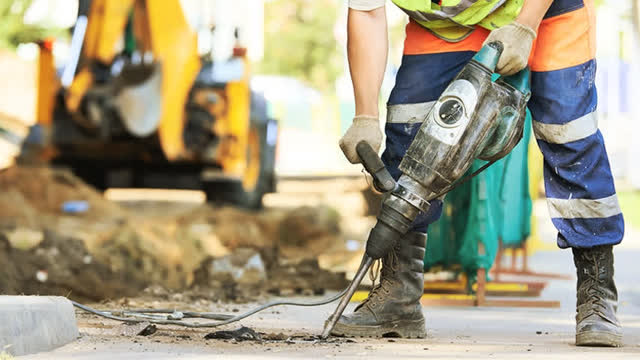


First, we want to reduce the sound levels at the source.
Maintain equipment in proper working order. Well-maintained equipment will operate more efficiently and be quieter.
If possible place equipment out of the way of yourself and other workers.
If we cannot prevent exposure to sound we can reduce it by using hearing protection.
Recommended that worker’s exposure to noise be reduced to a level equivalent to 85 decibels for eight hours to reduce occupational noise-induced hearing loss. Measure it using a sound level meter.
Hearing protection should not cause you discomfort. If it does, ask for other options.
If foam earplugs are used they should be inserted correctly into the ear. Ear muffs are easy to use but may not offer the same level of protection as ear plugs.